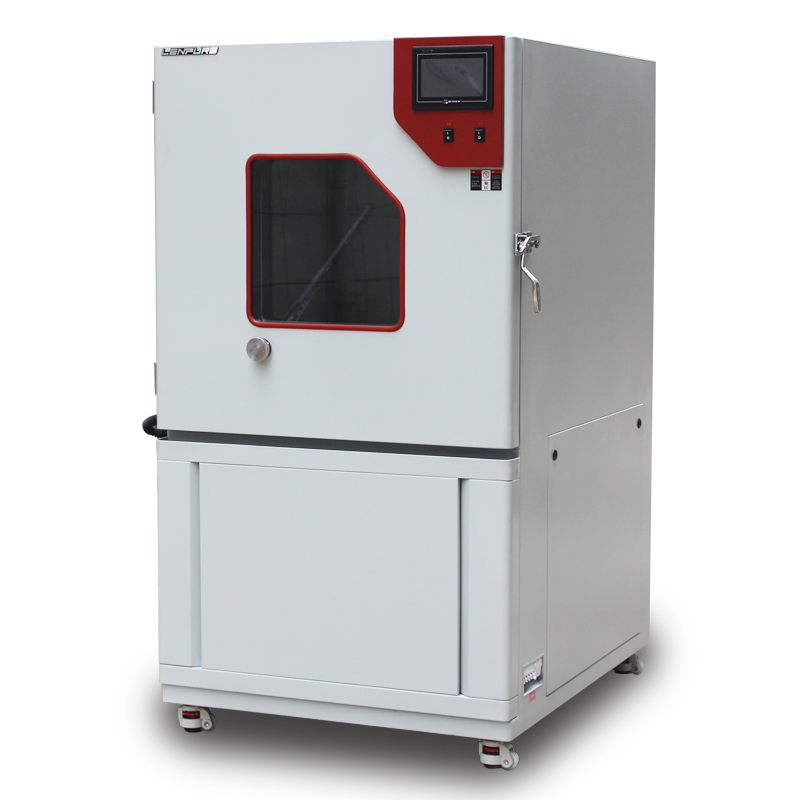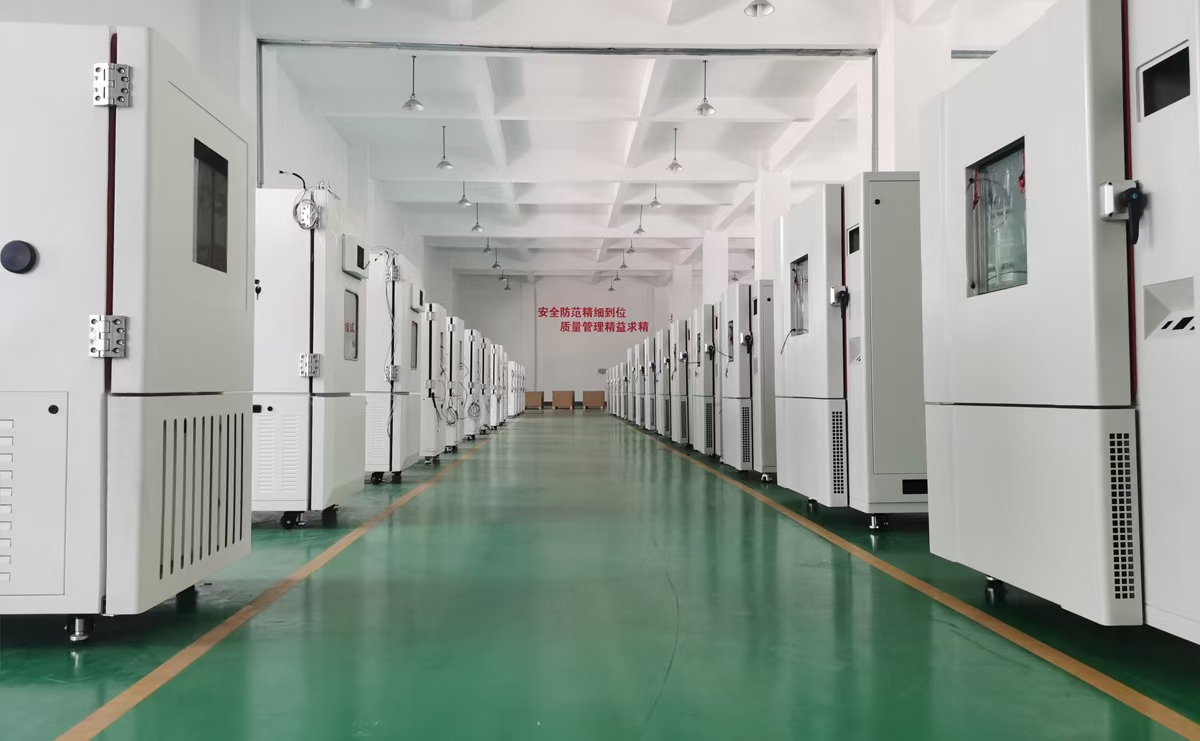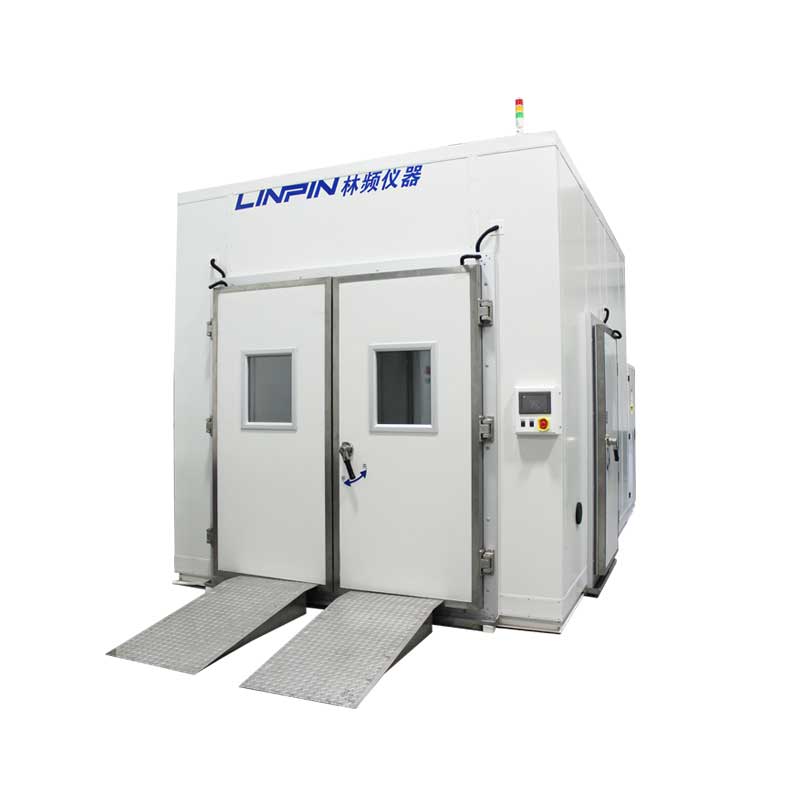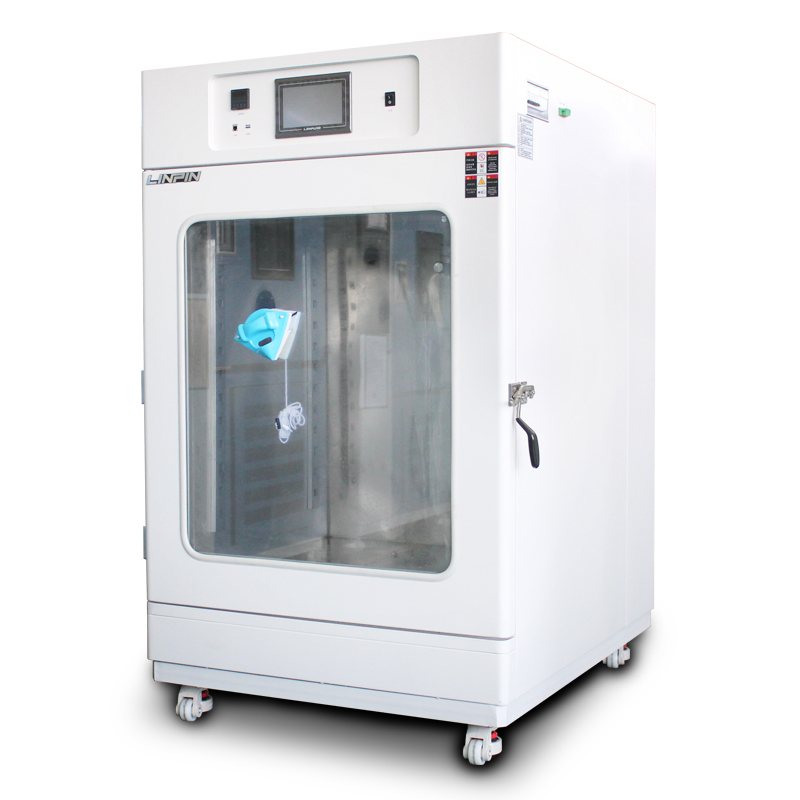What Are the Impacts of Poor Seal on a Dust Test Chamber?
Author:LINPIN Update Time:2025-08-26 Source:LINPINIn modern industries such as manufacturing, electronics R&D, and automotive component testing, dust test chambers are essential for simulating harsh environments and evaluating product dust resistance. However, many companies overlook a critical issue—poor sealing of the chamber lid.
A leaky dust test chamber can lead to inaccurate test results, equipment damage, product failures, and even harm a company’s reputation and market competitiveness. So, what exactly happens when the seal is compromised? And how can this issue be effectively resolved? Below, we analyze the impacts in detail and provide professional solutions to enhance testing accuracy and product reliability.

1. Four Major Impacts of Poor Seal on a Dust Test Chamber
① Inaccurate Test Data, Compromising Product Reliability
The core purpose of dust testing is to simulate real-world sand/dust conditions. If the lid doesn’t seal properly, external air can leak in, diluting dust concentration and failing to meet test standards. For example:
- IP5X/IP6X dust tests require strict dust density control—poor sealing may lead to false passes, allowing defective products to enter the market.
- In military or aerospace applications, flawed dust resistance due to testing errors could cause catastrophic failures.
② Dust Leakage, Contaminating the Lab Environment
Dust particles (e.g., silica, talc) are extremely fine. If the chamber leaks:
- Equipment contamination – Affects other sensitive instruments.
- Health hazards – Prolonged dust inhalation harms operators’ respiratory systems.
- Increased cleanup costs – Escaped dust is difficult to remove.
③ Reduced Equipment Lifespan & Higher Maintenance Costs
Dust ingress damages critical components, leading to:
- Accelerated wear – Dust in bearings, rails, and motors.
- Electrical failures – Short circuits or poor contacts due to dust buildup.
- More frequent repairs – Rising operational costs.
④ Lower Testing Efficiency, Delaying Production
Seal failures may cause:
- Retesting – Wasting time and resources.
- Delivery delays – Damaging customer trust and risking contract penalties.

2. Common Causes of Poor Seal in Dust Test Chambers
-
Degraded or Damaged Gaskets
- Rubber seals harden, crack, or deform over time.
-
Chamber Warping
- Frequent lid openings or improper handling can distort the chamber frame.
-
Loose Locking Mechanism
- Worn latches or screws reduce clamping force.
-
Design Flaws
- Low-cost chambers may use inferior sealing materials or flawed structures.
3. How to Fix a Poorly Sealed Dust Test Chamber?
✔ Regular Gasket Inspection
- Check seals every 3 months for wear.
- Replace with high-temperature-resistant silicone or fluororubber gaskets.
✔ Upgrade the Locking System
- Switch to pneumatic/hydraulic locking for even pressure distribution.
- Consider auto-sealing mechanisms to minimize human error.
✔ Use Precision-Engineered Chambers
- Opt for CNC-machined chambers for perfect lid alignment.
- Double-seal designs (primary + secondary gaskets) enhance dust resistance.
✔ Choose High-End Brands
- Top brands like ESPEC, Linpin, and Yaselin use military-grade sealing tech for long-term reliability.

4. Recommended Solution: Smart-Seal Dust Test Chambers
Next-gen smart-seal chambers solve traditional sealing issues with:
✅ Real-time pressure monitoring – Ensures airtight integrity.
✅ Magnetic gaskets – More durable and tighter than rubber seals.
✅ Remote monitoring – Track seal status via app and receive failure alerts.
Case Study:
An auto parts manufacturer faced 30% test failures due to seal leaks. After switching to a smart-seal chamber:
✔ Pass rate jumped to 98%
✔ Saved $50K+ annually in rework costs!
A poorly sealed dust test chamber isn’t just a minor issue—it affects product quality, brand reputation, and market success. Investing in high-quality equipment and regular maintenance ensures accurate test data and more reliable products.
Don’t let a small leak cause big problems—seal it right!





